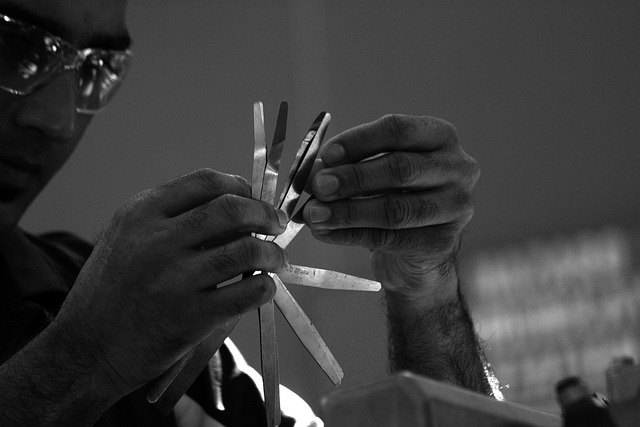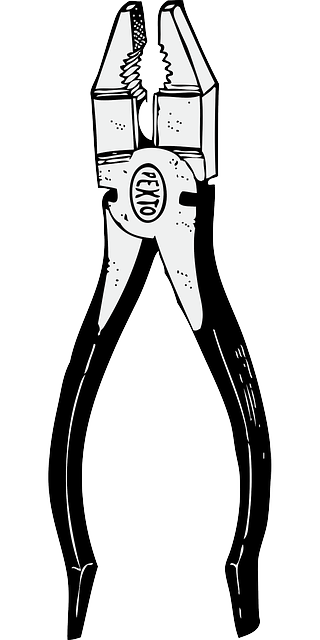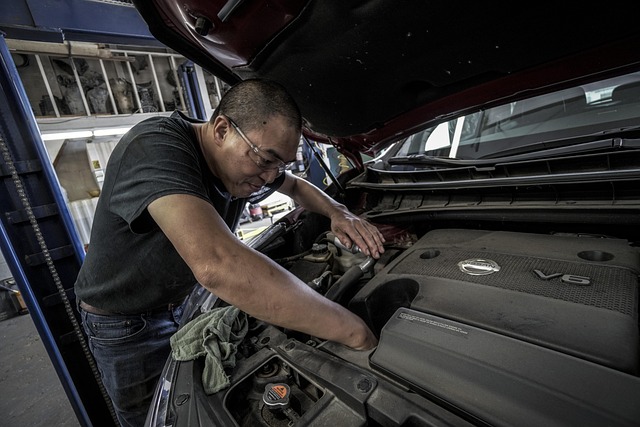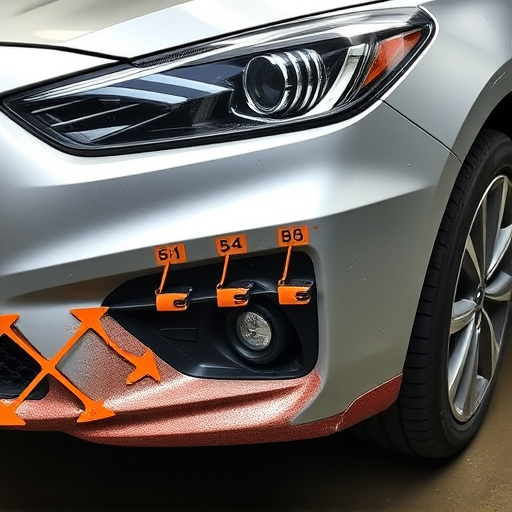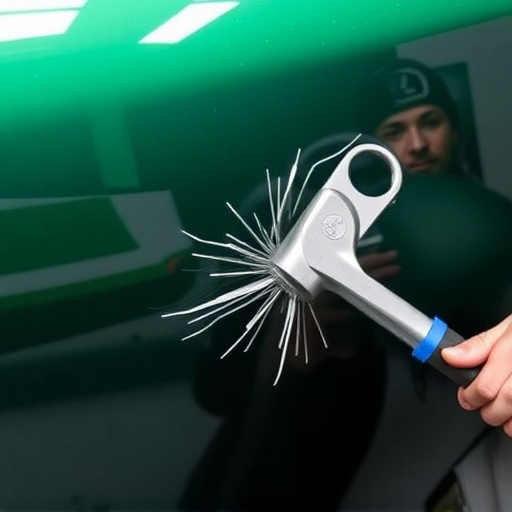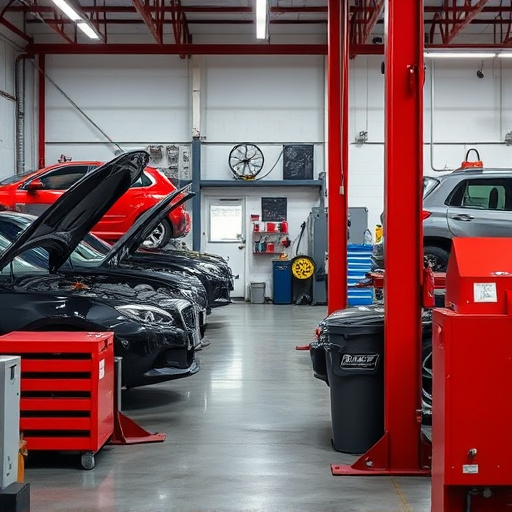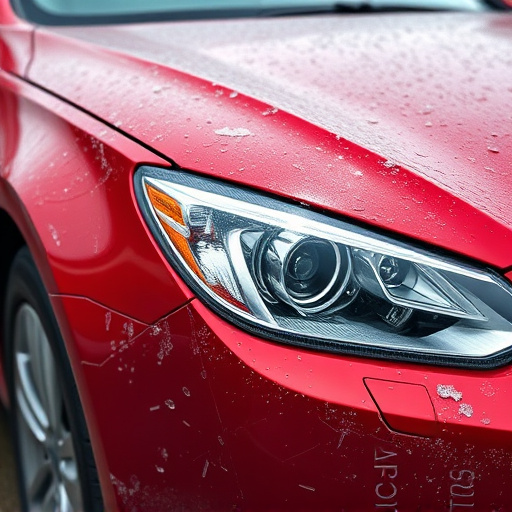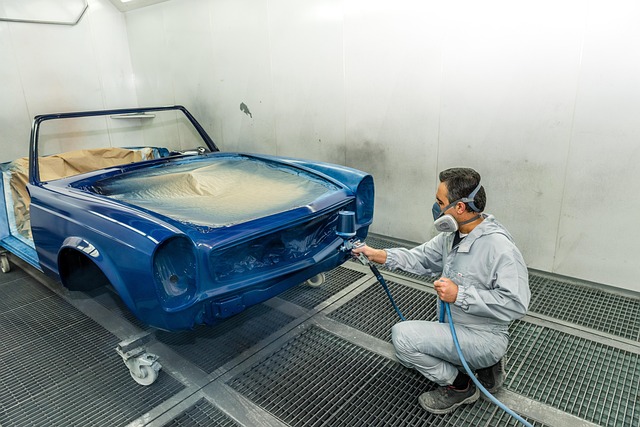Auto body panels are crucial for a vehicle's structure and safety, with replacement needed after severe collisions or extensive damage. While minor repairs like painting can be done, more serious accidents may require replacing multiple panels or the entire body shell. Modern advancements, including paintless dent repair (PDR), precision welding, and advanced bonding agents, offer cost-effective solutions that preserve pre-crash vehicle value, reducing environmental impact, and revolutionizing auto body repair services.
Not all car crashes necessitate a complete auto body panel replacement. Many modern repairs focus on fixing specific damage areas, preserving structural integrity and cosmetic appeal. Understanding auto body panels—comprising various materials and complex designs—is key to determining repair needs. Degrees of damage vary, from minor dents to severe crumpling, dictating the extent of required replacements. Modern techniques, like spot welding and advanced patching compounds, offer cost-effective alternatives, minimizing disruption to the vehicle’s overall structure and resale value.
- Understanding Auto Body Panels: More Than Meets the Eye
- Degrees of Damage: When Is Replacement Necessary?
- Modern Techniques: Repairing Without Replacing Panels
Understanding Auto Body Panels: More Than Meets the Eye
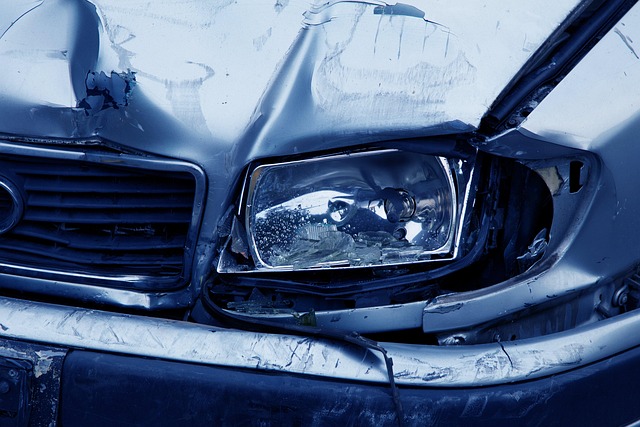
Auto body panels are integral components of any vehicle’s structure, serving both functional and aesthetic purposes. Beyond their visible exterior, these panels play a critical role in protecting occupants during crashes, absorbing and distributing impact energy. The modern car body is designed with precision engineering, ensuring each panel has a specific role in maintaining structural integrity.
While some minor dents or scratches may only require cosmetic fixes, more severe collisions often necessitate auto body panel replacement. Even seemingly intact panels might have hidden damage, such as misaligned frames or compromised strength. Professional automotive repair services employ advanced techniques like frame straightening and auto body restoration to assess and rectify these issues accurately. Understanding the extent of damage is crucial in determining whether a simple fix or a full panel replacement is the safest and most cost-effective solution for your vehicle’s long-term health.
Degrees of Damage: When Is Replacement Necessary?

The extent of damage sustained in a vehicle crash plays a pivotal role in determining whether an auto body panel replacement is necessary. Not every collision results in severe enough harm to warrant a complete overhaul. Minor fender benders, for instance, often only necessitate minimal repairs or adjustments to the affected panel. These cases may be effectively resolved by skilled professionals at automotive body shops using techniques like painting and spotting to restore the panel to its original condition.
However, more significant accidents involving substantial impact, deformation, or multiple points of contact can lead to complex damage that extends beyond a single panel. In such scenarios, auto body panel replacement becomes not just an option but often a necessity. Vehicle repair services may need to replace several panels—or even the entire body shell—to ensure structural integrity, safety, and the vehicle’s aesthetic appeal is restored to its pre-accident condition.
Modern Techniques: Repairing Without Replacing Panels
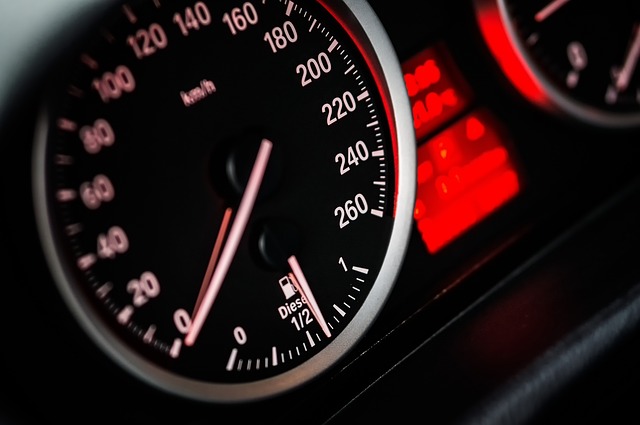
Modern vehicle crashes often lead to concerns about auto body panel replacement. However, recent advancements in the automotive industry have introduced innovative techniques that allow for efficient repairs without necessarily replacing panels. One such method is paintless dent repair (PDR), which leverages specialized tools and expertise to remove dents and restore the car’s original appearance. PDR preserves the factory finish and avoids the need for extensive painting, making it a cost-effective and environmentally friendly option for vehicle repair.
Additionally, car restoration techniques have evolved to include precision welding and advanced bonding agents, enabling technicians to realign damaged components without replacing them. These modern approaches not only save time and money but also ensure that vehicles retain their pre-crash value and aesthetic appeal. By adopting these innovative practices, auto body shops are revolutionizing vehicle repair, making it more accessible and efficient for car owners.
Not all car crashes necessitate a complete auto body panel replacement. Depending on the extent of damage, modern repair techniques allow for repairs without replacing entire panels, offering cost-effective and environmentally friendly alternatives. Understanding these options ensures that drivers make informed decisions, prioritizing safety while minimizing waste in the ever-evolving automotive landscape.

